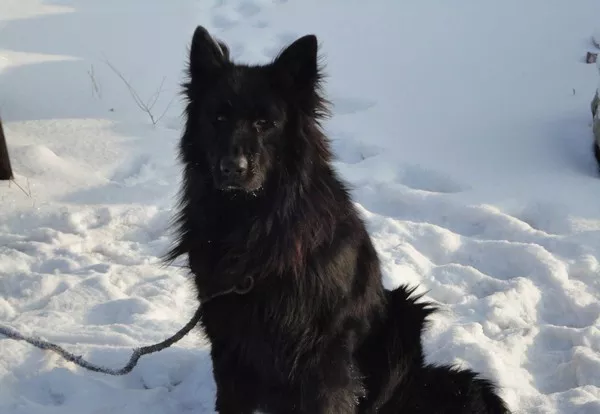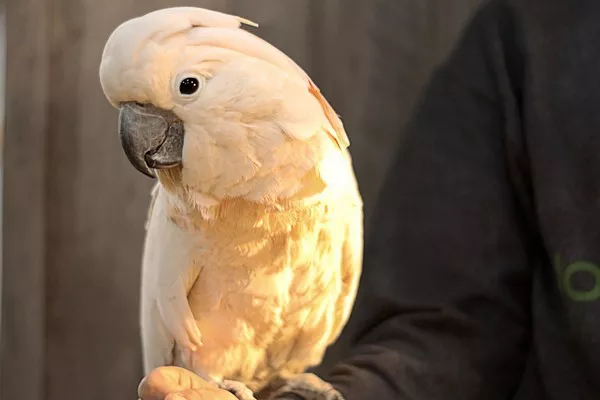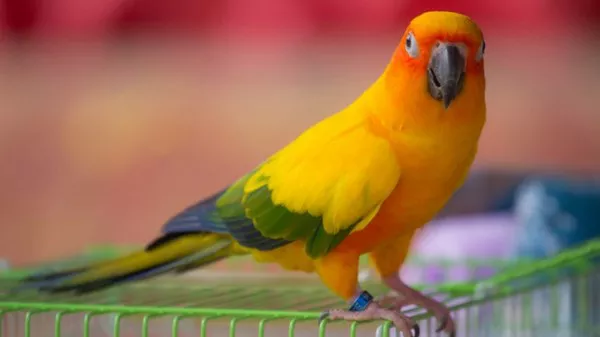Guinea pigs, or cavies, are popular pets known for their friendly nature and gentle demeanor. These small, social rodents are often kept in cages or pens and are enjoyed by people of all ages. They are relatively easy to care for, as long as their basic needs are met—such as food, water, a clean environment, and companionship. However, one question many guinea pig owners have is whether these adorable little creatures can be potty trained. While guinea pigs are not as easily trained as dogs or cats, they are quite intelligent animals and can, with some effort, be taught to use a designated potty area.
This article will explore whether guinea pigs can be potty trained, the challenges involved, and how you can train your guinea pig to use a specific area for elimination. Additionally, we will look at the natural habits and behaviors of guinea pigs to understand why they may or may not be amenable to potty training.
Understanding Guinea Pig Behavior
Before attempting to potty train a guinea pig, it is essential to understand their natural behaviors. Guinea pigs, like all animals, have their own instincts and habits that dictate how they interact with their environment. Guinea pigs are prey animals, which means that they are naturally cautious and like to keep their living space clean. In the wild, guinea pigs establish a territory and mark it with urine, so they have a natural instinct to use certain areas as their “bathroom.”
Interestingly, guinea pigs tend to be creatures of habit and prefer consistency in their environment. They are unlikely to go to the bathroom randomly throughout their living area if given the chance. Instead, they will often choose a specific corner or spot in their enclosure to eliminate waste. This natural tendency to have a designated “bathroom” area makes potty training easier, but it does not guarantee that your guinea pig will immediately adapt to a litter box or similar system.
The Urine and Feces Habits of Guinea Pigs
Guinea pigs have different elimination habits for urine and feces. The urine is often used to mark territory, and guinea pigs may produce small amounts of urine throughout the day. When it comes to feces, guinea pigs are coprophagic, meaning that they eat their own droppings. While this may sound unappealing to humans, it is a normal and important behavior for guinea pigs because they need to digest their food multiple times to absorb all the nutrients.
Feces are typically dropped in small pellets, and guinea pigs usually do not scatter them across their entire living space. Instead, they may concentrate their droppings in a specific area of their enclosure. This behavior can be used to your advantage when potty training. By observing where your guinea pig tends to eliminate, you can begin to create a designated area for them to use.
The Science of Potty Training
Potty training is the process of teaching an animal to use a specific location to eliminate waste rather than doing so randomly within their living space. In order to potty train any pet, it is important to take into account their species-specific behaviors, intelligence level, and natural instincts. Guinea pigs are relatively intelligent creatures and are able to recognize patterns and routines, which can make potty training a successful endeavor with patience and consistency.
Positive Reinforcement
Positive reinforcement is the key to potty training most animals, including guinea pigs. This method involves rewarding the animal when they perform a desired behavior—in this case, using the designated potty area. When a guinea pig goes to the bathroom in the right spot, you can reward them with praise, treats, or other forms of positive reinforcement.
Guinea pigs thrive on routine, and they are more likely to repeat a behavior that results in a positive outcome. If your guinea pig consistently eliminates in a certain spot, you can gradually introduce a litter box or another potty area that matches their preferred location. Over time, the guinea pig will learn that this is the place to go when they need to relieve themselves.
Patience and Consistency
One of the most important aspects of potty training any animal is consistency. Guinea pigs may not immediately understand what you are trying to teach them, and it may take some time for them to catch on. Repetition is key, so it is important to be patient and persistent when working with your guinea pig.
Every time your guinea pig uses the designated potty area, praise them and offer a treat. However, if they make a mistake and go outside the potty area, avoid punishment. Negative reinforcement, such as yelling or scolding, will only cause confusion and fear, which can harm the bond you share with your guinea pig. Instead, gently place them in the appropriate area and reward them when they use it.
Setting Up a Potty Training Area
Setting up an effective potty training area is the first step in teaching your guinea pig where to go to the bathroom. While guinea pigs are naturally inclined to choose a specific corner for elimination, you can help them by making the potty area as appealing and comfortable as possible.
Choosing the Right Location
Guinea pigs typically prefer a corner of their cage or pen to be their bathroom area. They may not like using a large open space for elimination. Therefore, selecting a corner or a quiet spot in the cage is the best option for your potty training setup.
You can start by observing where your guinea pig tends to eliminate most frequently. Once you identify this spot, place a small litter box or a tray in that area. If you do not have a litter box, you can also use a small plastic container or even a shallow dish.
Litter Materials
The next step is to choose the appropriate material for the litter box. Some guinea pig owners use paper-based bedding, which is absorbent and easy to clean. Others prefer hay or straw, as guinea pigs enjoy nibbling on hay, and it can help mask odors. When choosing a litter material, it is essential to avoid clumping cat litter, as it can be harmful to guinea pigs if ingested.
You can experiment with different bedding options to see what your guinea pig prefers. Some guinea pigs may like the texture of paper bedding, while others may prefer hay. You may also want to place a few pieces of hay in the potty area to make it more inviting and familiar to your guinea pig.
Introducing the Litter Box
Once you have selected the location and litter material, introduce the litter box or potty area to your guinea pig. Place them in the potty area and gently encourage them to use it. It is common for guinea pigs to be curious about new objects, so they may explore the litter box or nibble on the bedding at first.
Over time, your guinea pig will start to associate the litter box with elimination. If they continue to use a different spot in the cage, gently place them in the designated area when they need to go to the bathroom. Consistency is important, so try to keep the litter box in the same spot to avoid confusing your guinea pig.
Common Challenges in Potty Training Guinea Pigs
While guinea pigs can be potty trained, there are several challenges that may arise during the process. Understanding these challenges can help you be better prepared and adjust your approach accordingly.
Inconsistent Behavior
One of the most common challenges when potty training guinea pigs is that they may initially be inconsistent in their behavior. Your guinea pig may start using the litter box but then occasionally go outside of it. This is normal, especially in the early stages of training, and it is important not to become discouraged.
Guinea pigs may not always use the litter box if they are stressed, anxious, or distracted. Try to minimize any sources of stress and keep your guinea pig’s environment calm and quiet. Be patient and continue to reward them for using the potty area.
Territorial Marking
As mentioned earlier, guinea pigs have a natural instinct to mark their territory with urine. This behavior may continue even when they are potty trained. If your guinea pig continues to mark their cage with urine outside of the litter box, it may simply be a natural territorial behavior. In such cases, you may need to clean the areas they mark with a pet-safe cleaner to remove the scent and discourage further marking.
Cleaning and Maintenance
Maintaining a clean living space is crucial for both the health of your guinea pig and the success of potty training. Guinea pigs are very sensitive to strong odors and may be reluctant to use a litter box or potty area that is dirty or smelly.
Be sure to clean the litter box and the surrounding area regularly. Replace soiled bedding or litter as needed to keep the environment fresh. A clean space will encourage your guinea pig to continue using the potty area and help keep them happy and healthy.
Conclusion
In conclusion, guinea pigs can indeed be potty trained, though it may take time, patience, and consistency. By understanding their natural behaviors and providing a designated potty area, you can help your guinea pig learn where to go when they need to eliminate. With positive reinforcement, routine, and a little effort, you can enjoy a cleaner, more organized cage and a closer bond with your guinea pig.
While guinea pigs may not be as easily potty trained as dogs or cats, their natural instincts to choose a specific bathroom spot make the process easier than it might seem. With the right approach, you can successfully teach your guinea pig to use a litter box or designated potty area, making life more enjoyable for both you and your furry friend.
Related Topics:























